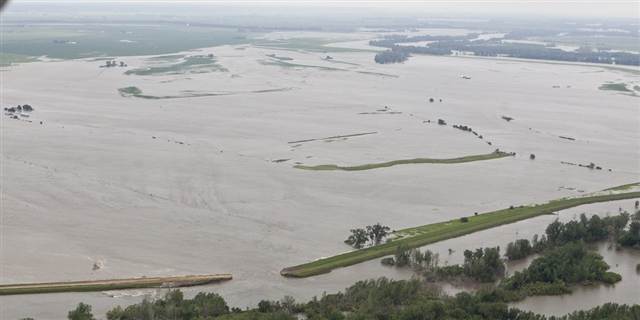
The river ruptured two levees in northwest Missouri on Monday, sending torrents of water over rural farmland toward Hamburg in southwest Iowa and a Missouri resort community downriver.
By Wednesday, water spilling through a nearly 300-foot hole in the levee near Hamburg, population 1,100, was expected to top a secondary levee started last week to protect the town.
The Army Corps of Engineers said crews are working to increase that wall's height by 3 feet. If it breaks, parts of Hamburg could be under as much as 10 feet of standing water, officials said.
"For right now, we believe we'll be able to get that elevation raised in the time available as that water flows across in the next 48 hours," Col. Bob Ruch, the corps' Omaha District commander, said Monday evening. "We've had excellent working conditions."
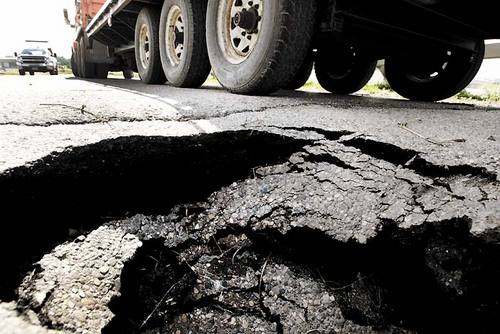
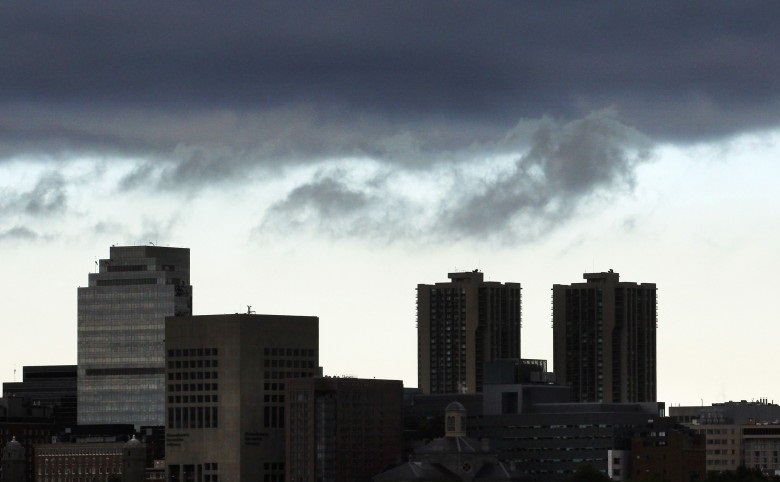
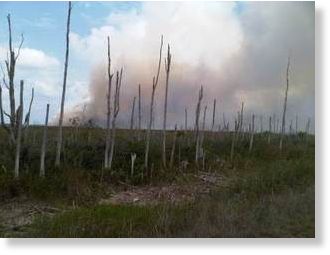
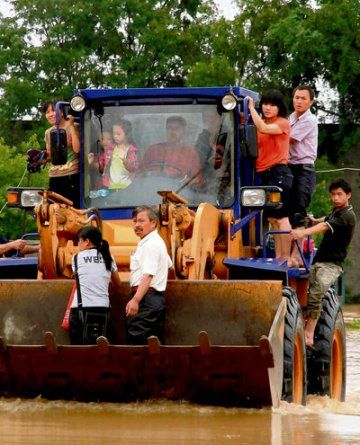
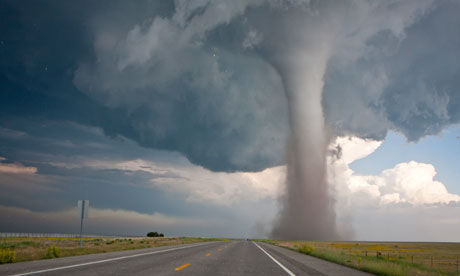
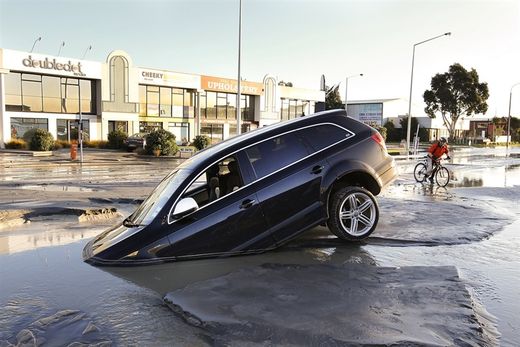
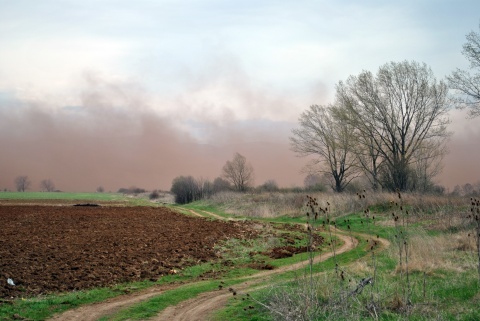
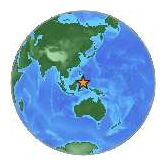
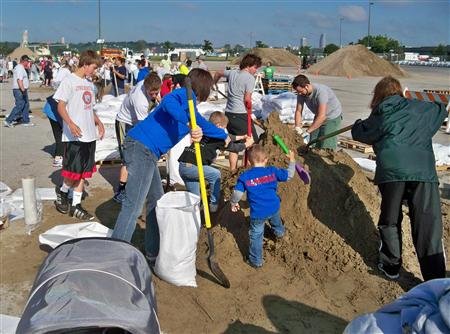



Comment: Yes, the climate is changing. No, it's not caused by man-made forces. For the real scoop on 'climate change', try these:
Planet-X, Comets and Earth Changes by J.M. McCanney
Planetary Alignments and the Solar Capacitor - Things are heatin' up!
Cyclones, Earthquakes, Volcanoes And Other Electrical Phenomena
Pole Shift? Look to the Skies!